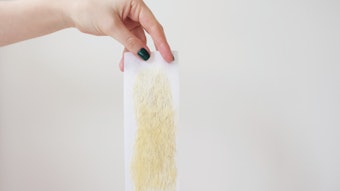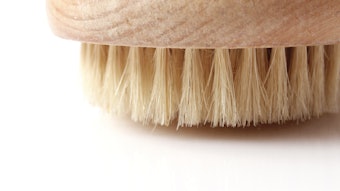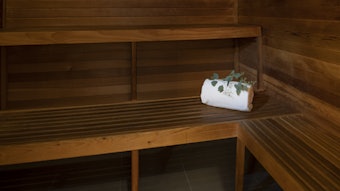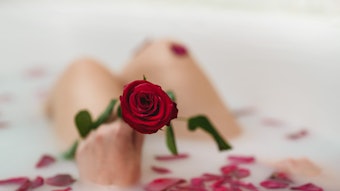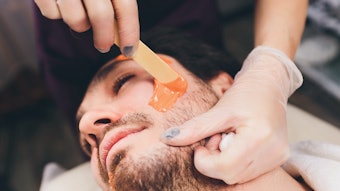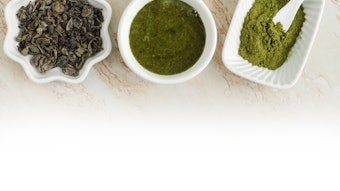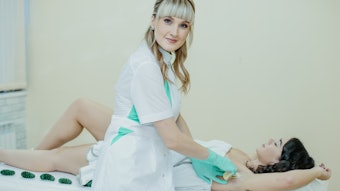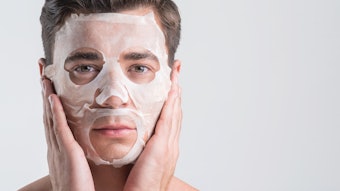Throughout the years, Thai massage has become a popular treatment in almost every spa across the world. From the most acclaimed and lavish spas in New York City and Paris to the humble massage centers scattered across the streets of Bangkok and Calcutta, Thai massage is almost guaranteed to be on the menu. The technique’s roots can be traced back more than 2,500 years and is regarded as one of the world’s oldest healing arts. But how did Thai massage originate and what led to its spread around the world?
Eastern origins
When the expansion of Buddhism moved from northern India into southeast Asia, word of the healing art of Thai massage spread out with it, first to the southern region of India, then to Sri Lanka and finally onto Thailand and Burma (now called Myanmar). The massage technique was an integral part of the Buddhist religion, and though Buddhism itself took four centuries to reach Thailand, the method of massage quickly gained popularity among the Thai people. Thai massage is, in fact, so closely associated to Buddhism that traditionally practitioners must say a prayer in Pali, the ancient sacred language of Theravada Buddhism, to Thai massage’s credited creator before they start working each day.
Though there’s debate as to who created Thai massage, a monk named Komparaj, who was a personal physician to Buddha, is widely accepted as the first person to develop the technique. Interestingly enough, the massage originally was created as a healing art and primarily performed for curative purposes rather than simply for relaxation.
It is also important to mention that the origins of the massage’s technique received a great deal of influence from both ayurvedic and traditional Chinese medicine. Due to its strategic location between India and China, Thailand witnessed a continuous flow of people, ideas and traditional medicine from both countries and was influenced in many ways by each of them. For example, anyone with knowledge of yoga easily can see the influence and similarity of its movements with those of Thai massage.
Survival of the fittest
When the massage first arrived in Thailand, its techniques were passed down from generation to generation, through word-of-mouth within families, as most people of that time were unable to read. Because there were no formal manuscripts on how to perform the massage, the monks of the time saw the importance of having detailed medical texts that included the description of Thai massage and set out to record them.
The recorded manuscripts, originally written in Pali, became hallowed religious texts and were kept in the ancient capital of Thailand, Ayutthaya. In 1767, Burmese invaders laid waste to the city and many of these historical texts were demolished. But, in 1832, to ensure the preservation of all the surviving texts, King Rama III had them carved into stone as descriptive epigraphs at the Bangkok temple popularly known as Wat Pho. There are 60 carved epigraphs in all, 30 showing the front of the body and 30 showing the back. On these figures, therapy points are shown along the different energy lines referred to as Sen in Thai. These lines form the basic principles of Thai massage.
Of these lines, 10 are very prominent in Thai massage and are known as Sib Sen. If these points on the body are correctly massaged, it is believed that diseases are cured and pain is eradicated in the individual. The energy from these lines powers all the physical, mental and emotional processes in the body, which only functions properly when energy supply is matched by its demand. Consequently, any form of imbalance in the energy causes pain and disease. When the system is working well and the energy is flowing properly, however, a person is free from any pain and is relaxed, happy and full of life.
The temple bearing these inscriptions, Wat Pho, is now regarded as one of the most prominent institutions for Thai massage. It is considered a signature tourist attraction in Bangkok, not only because of its unique and lavish architecture, but also because massage specialists from all over the world visit the temple to learn the secrets of the ancient technique. Due to its longevity, Wat Pho is still regarded as the premiere Thai massage school, but there are a few other official schools where this healing art can be learned.
Gaining recognition
Although Thai massage originally was performed solely by monks in monasteries—places that also served as medical and dental dispensaries—the past few decades have witnessed an impressive growth of interest in the technique from the general public. This has led to better knowledge of how to perform the massage and an increase in the number of its practitioners. Only in the most rural and remote villages of Asia is it still solely the monks who perform this ancient art, and people in these regions continue to flock to the monasteries whenever they need massage to treat their ailments.
Though Thai massage may be considered a healing art in Thailand, it is better known in the Western world for the relaxing effects it produces in the body. The technique has become very popular in most spas throughout the world, and it rivals Swedish massage in the number of its requests from spa-goers. It is partially due to the increasing popularity of this massage technique that Thailand has become a famous hub for health and relaxation.
Travelers certainly have helped the technique gain its current popular status. At the end of World War II, Thailand became a magnet for tourists looking for exotic countries to travel to for their holidays. Tourism in Thailand has grown at an amazing rate and today is one of the top 20 visited countries in the world. Due to these tremendous tourist arrivals, Thai entrepreneurs opened massage parlors as well as some of the most captivating spas across Thailand and, not surprisingly, Thai massage is typically one of their signature services.
Thai massage training
As the technique gains popularity in the United States, more and more spa owners want to train their staff members in Thai massage. It is important to have the proper instruction as negative results can occur if the massage is performed incorrectly. Because it is so different from the majority of Western massage styles, it is highly recommended that the training take place in Thailand, although training is offered in the United States. In Thailand, the Thai Ministry of Education oversees and regulates massage schools and certification and training programs, ensuring the instructions are safe and accurate.
Many of the certification programs and schools have instructors who speak English, so a language barrier typically isn’t a problem. Experienced spa professionals have been known to earn certification in as little as two weeks. Often times, Western spa owners send just one of their employees to Thailand for training. This employee then brings the information back to teach the rest of the staff members. And although there is no equal in the United States to the Thai massage technique governing body, there are some Thai companies that will send professional trainers overseas to train a spa’s staff onsite.
The benefit of knowledge
Given its long history and healing background, Thai massage has become an important fixture in a large number of today’s spas. Since most people are aware of the existence of the massage and its endless list of benefits, offering the technique lends a spa a great deal of prestige and sophistication. Knowing its origins and the details of how it developed can only help increase the effects of Thai massage’s healing and relaxing ways.
The History of Thai Massage
May 19th, 2008

